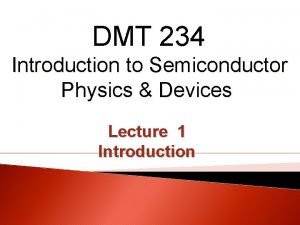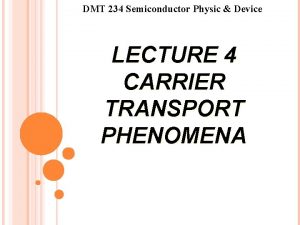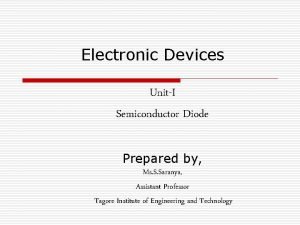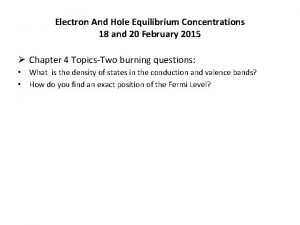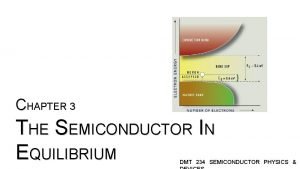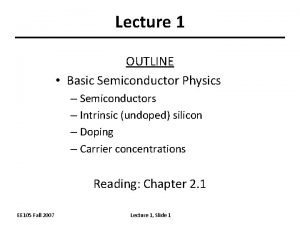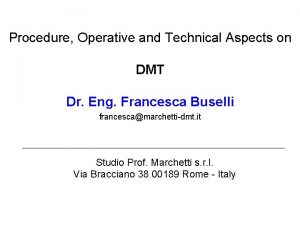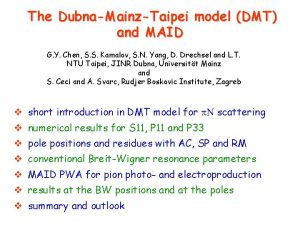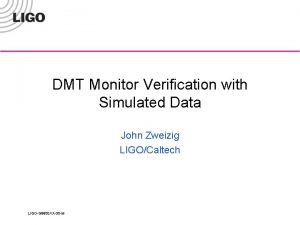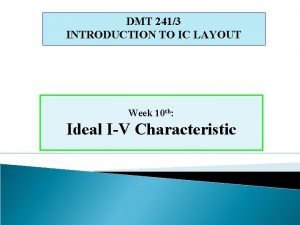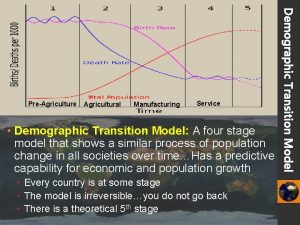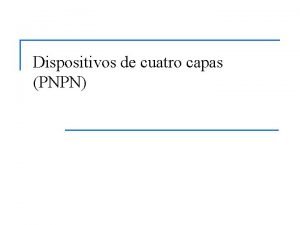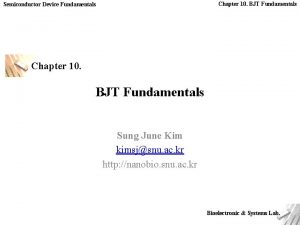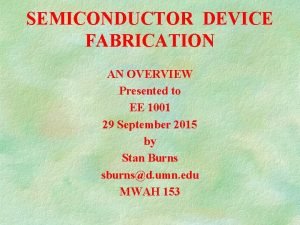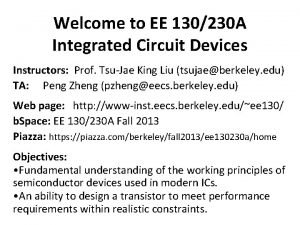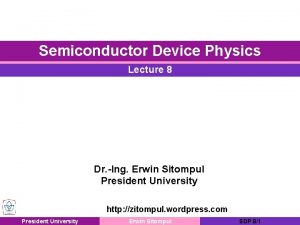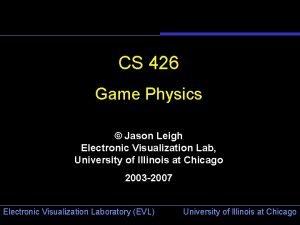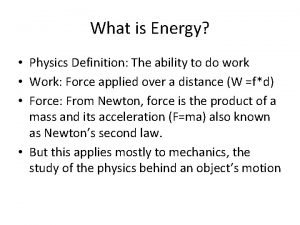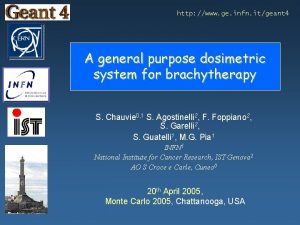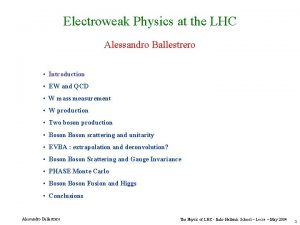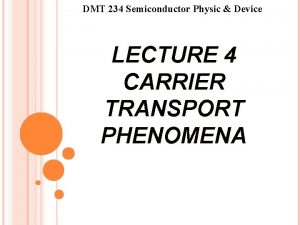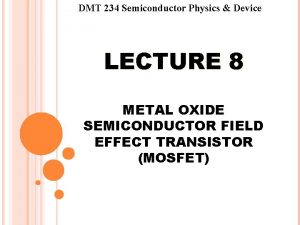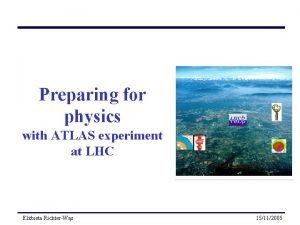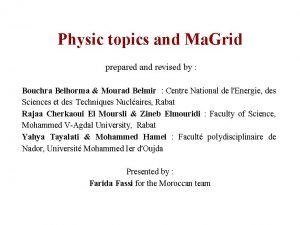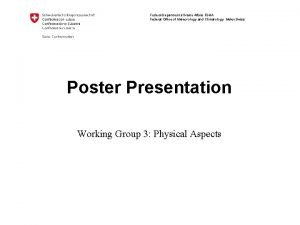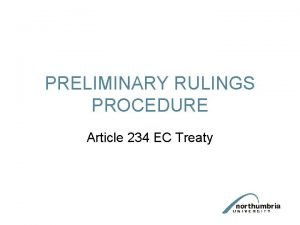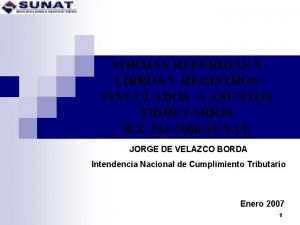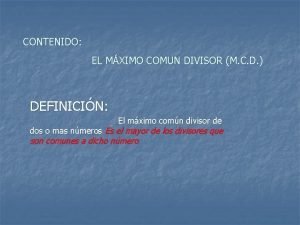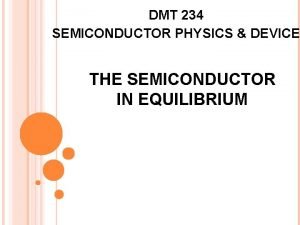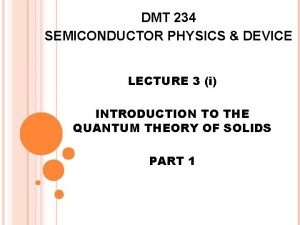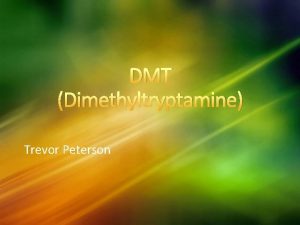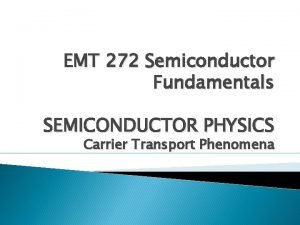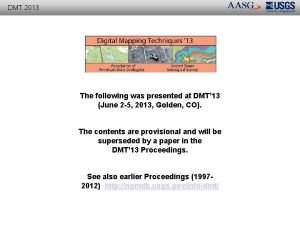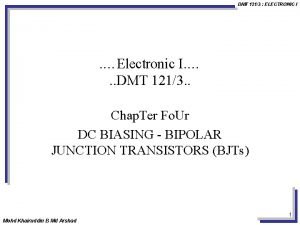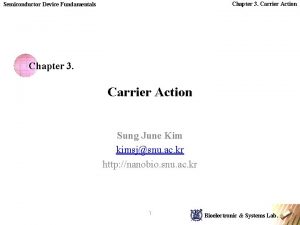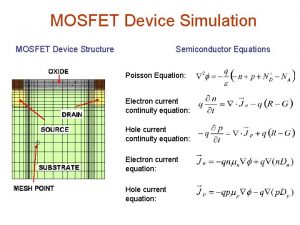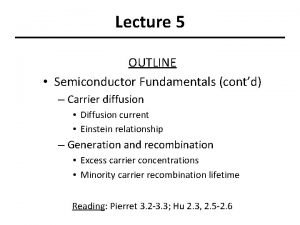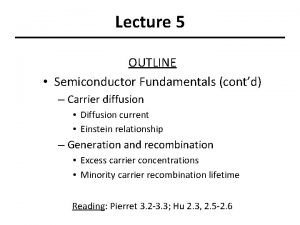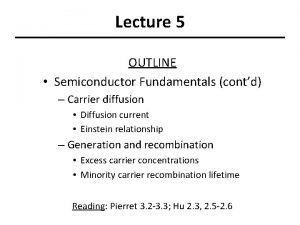DMT 234 Semiconductor Physic Device LECTURE 4 CARRIER











































- Slides: 43

DMT 234 Semiconductor Physic & Device LECTURE 4 CARRIER TRANSPORT PHENOMENA

DMT 234 Semiconductor Physic & Device Preview The net flow of the electron and holes in a semiconductor will generate current. The process which these charged particles move is call transport. Two basic transport : Drift & Diffusion. The carrier transport phenomena are the foundation for finally determining the current-voltage characteristics of semiconductor devices. Subtopic : I. Carrier Drift II. Carrier Diffusion III. Hall Effect.

DMT 234 Semiconductor Physic & Device 4. 1 Carrier Drift Transport : The process which charged particles ( holes or electrons) are move. § §Understanding of the electrical properties ( I-V properties) § Basic current Equation :

DMT 234 Semiconductor Physic & Device

DMT 234 Semiconductor Physic & Device 4. 1. 1 Drift Current Density

DMT 234 Semiconductor Physic & Device 4. 1. 1 Drift Current Density

DMT 234 Semiconductor Physic & Device 4. 1. 1 Drift Current Density

DMT 234 Semiconductor Physic & Device 4. 1. 1 Example carrier drift To calculate the drift current density in a semiconductor for a given electric field. Consider a gallium arsenide sample at T=300 K with doping concentration of Na = 0 and Nd = 1016 cm-3. Assume complete ionization and assume electron and hole mobilities given is un = 8500 cm 2/v-s and up = 400 cm 2/v-s. Calculate the drift current density if the applied electric field is E = 10 V/cm. Since Nd > Na, the semiconductor is n type and the majority carrier electron concentration: n = 10 16 cm-3 The minority carrier hole concentration is : p = n 2 i / n = (1. 8 x 106)2 / 1016 = 3. 24 x 10 -4 cm-3 For this extrinsic n-type semiconductor, the drift current density is : Jdrf = e ( unn + upp)E ≈ eun. Nd. E Then , Jdrf = (1. 6 x 10 -19)(8500)(1016)(10) = 136 A/cm 2


EXERCISE A drift current density of Jdrf = 75 A/cm 2 is required in p-type silicon device when electric field of E = 120 V/cm is applied. Determine the required impurity doping concentration to achieve this specification. µn = 1350 cm 2/V. s ; µp = 480 cm 2/V. s Note : p-type s/c : Na > Nd Jdrf = e ( unn + upp)E ≈ eup. Na. E

DMT 234 Semiconductor Physic & Device 4. 1. 2 Mobility Efects

DMT 234 Semiconductor Physic & Device 4. 1. 2 Mobility Effects

DMT 234 Semiconductor Physic & Device 4. 1. 2 Mobility Effects

DMT 234 Semiconductor Physic & Device 4. 1. 2 Mobility Effects

DMT 234 Semiconductor Physic & Device 4. 1. 2 Mobility Effects

DMT 234 Semiconductor Physic & Device 4. 1. 2 Mobility Effects

DMT 234 Semiconductor Physic & Device 4. 1. 2 Mobility Effects

DMT 234 Semiconductor Physic & Device 4. 1. 2 Mobility Effects

DMT 234 Semiconductor Physic & Device 4. 1. 2 Mobility Effects

DMT 234 Semiconductor Physic & Device 4. 1. 2 Mobility Effects

DMT 234 Semiconductor Physic & Device 4. 1. 3 Conductivity

DMT 234 Semiconductor Physic & Device 4. 1. 3 Conductivity

DMT 234 Semiconductor Physic & Device 4. 1. 3 Conductivity

DMT 234 Semiconductor Physic & Device 4. 1. 3 Conductivity / resistivity

DMT 234 Semiconductor Physic & Device EXAMPLE The concentration of donor impurity atoms in silicon is Nd = 1015 cm-3. Assume an electron mobility of µn = 1300 cm 2/V. s and hole mobility, µp = 450 cm 2/V. s. i. ii. Calculate the resistivity of the material Calculate the conductivity of the material

DMT 234 Semiconductor Physic & Device 4. 1. 3 Velocity Saturation

DMT 234 Semiconductor Physic & Device 4. 2 Carrier Diffusion

DMT 234 Semiconductor Physic & Device 4. 2 Carrier Diffusion

DMT 234 Semiconductor Physic & Device 4. 2 Carrier Diffusion

DMT 234 Semiconductor Physic & Device 4. 2 Carrier Diffusion

DMT 234 Semiconductor Physic & Device 4. 2 Example Carrier Diffusion To calculate the diffusion current density given a density gradient. Assume that, in an n-type gallium arsenide semiconductor at T= 300 K, the electron concentration varies linearly from 1 x 1018 to 7 x 1017 cm-3 over a distance of 0. 10 cm. Calculate the diffusion current density if the electron diffusion coefficient is Dn = 225 cm 2/s. The diffusion current density is given : Jn|dif = e. Dn dn/dx = (1. 6 x 10 -19)(225)(1 x 1018 – 7 x 1017/0. 1) = 108 A/cm 2.

DMT 234 Semiconductor Physic & Device 4. 2 Example Carrier Diffusion To calculate the diffusion current density given a density gradient. Assume that, in an n-type gallium arsenide semiconductor at T= 300 K, the electron concentration varies linearly from 4 x 1018 to 6 x 1017 cm-3 over a distance of 0. 50 cm. Calculate the diffusion current density if the electron diffusion coefficient is Dn = 225 cm 2/s.

DMT 234 Semiconductor Physic & Device 4. 2. 1 Total current density

DMT 234 Semiconductor Physic & Device 4. 2. 1 Einstein relation

DMT 234 Semiconductor Physic & Device 4. 2. 1 Einstein relation

DMT 234 Semiconductor Physic & Device 4. 2. 1 Einstein relation

DMT 234 Semiconductor Physic & Device 4. 3 Hall Effect

DMT 234 Semiconductor Physic & Device 4. 3 Hall Effect

DMT 234 Semiconductor Physic & Device 4. 3 Hall Effect

DMT 234 Semiconductor Physic & Device 4. 3 Hall Effect

DMT 234 Semiconductor Physic & Device 4. 3 Example Hall Effect To determine the majority carrier concentration and mobility, given Hall effect parameters. Consider the geometry shown in Figure from previous slide. Let L = 10 -1 cm , W = 10 -2 cm, and d = 10 -3 cm. Also assume that Ix = 1. 0 m. A, Vx = 12. 5 V, Bz = 500 gauss = 5 x 10 -2 tesla and VH = -6. 25 m. V. A negative Hall voltage for this geometry implies that we have an n-type semiconductor using equation, we can calculate the electron concentration as : n = -(10 -3)(5 x 10 -2)/ (1. 6 x 10 -19)(10 -5)(-6. 25 x 10 -3) = 5 x 1021 m-3 = 5 x 1015 cm-3 The electron mobility is then determine from equation as : Un = (10 -3) / (1. 6 x 10 -19)(5 x 1021)(12. 5)(10 -4)(10 -5) = 0. 1 m 2/ V-s Or Un = 1000 cm 2/V-s.

DMT 234 Semiconductor Physic & Device Q & A Next week Topic : Nonequilibrium Excess Carriers in Semicondcutor.

DMT 234 Semiconductor Physic & Device
 Dmt 234
Dmt 234 Dmt 234
Dmt 234 Dmt device
Dmt device Introduction to semiconductor physics
Introduction to semiconductor physics Carrier concentration in intrinsic semiconductor
Carrier concentration in intrinsic semiconductor Carrier concentration in intrinsic semiconductor
Carrier concentration in intrinsic semiconductor Intrinsic semiconductor carrier concentration
Intrinsic semiconductor carrier concentration Input output storage devices
Input output storage devices Semiconductor definition physics
Semiconductor definition physics Power semiconductor devices lecture notes
Power semiconductor devices lecture notes Dmt
Dmt Dmt fabrication
Dmt fabrication Dmt
Dmt Dmt monitor
Dmt monitor Layout dmt
Layout dmt The pythagorean theorem
The pythagorean theorem Dmt
Dmt Transitor
Transitor Zerobioelectronic
Zerobioelectronic Semiconductor device fabrication
Semiconductor device fabrication Semiconductor device fundamentals
Semiconductor device fundamentals Nanoelectronics
Nanoelectronics Semiconductor device fundamentals
Semiconductor device fundamentals Jason statham physic
Jason statham physic Definition of energy in physics
Definition of energy in physics Physic
Physic Physic
Physic Physic
Physic Meteophysic
Meteophysic Physic
Physic Physic
Physic Physic topics
Physic topics Definition of work in physics
Definition of work in physics Meteo physic
Meteo physic 01:640:244 lecture notes - lecture 15: plat, idah, farad
01:640:244 lecture notes - lecture 15: plat, idah, farad 234
234 234 / 18
234 / 18 Oblicz mase jednego atomu najlzejszego izotopu magnezu
Oblicz mase jednego atomu najlzejszego izotopu magnezu Pg 234
Pg 234 Article 234 ec
Article 234 ec 1852.234-2 nasa far evms supplement clause
1852.234-2 nasa far evms supplement clause 1234
1234 Rs 234-2006
Rs 234-2006 Mínimo común múltiplo de 162 234 y 198
Mínimo común múltiplo de 162 234 y 198

